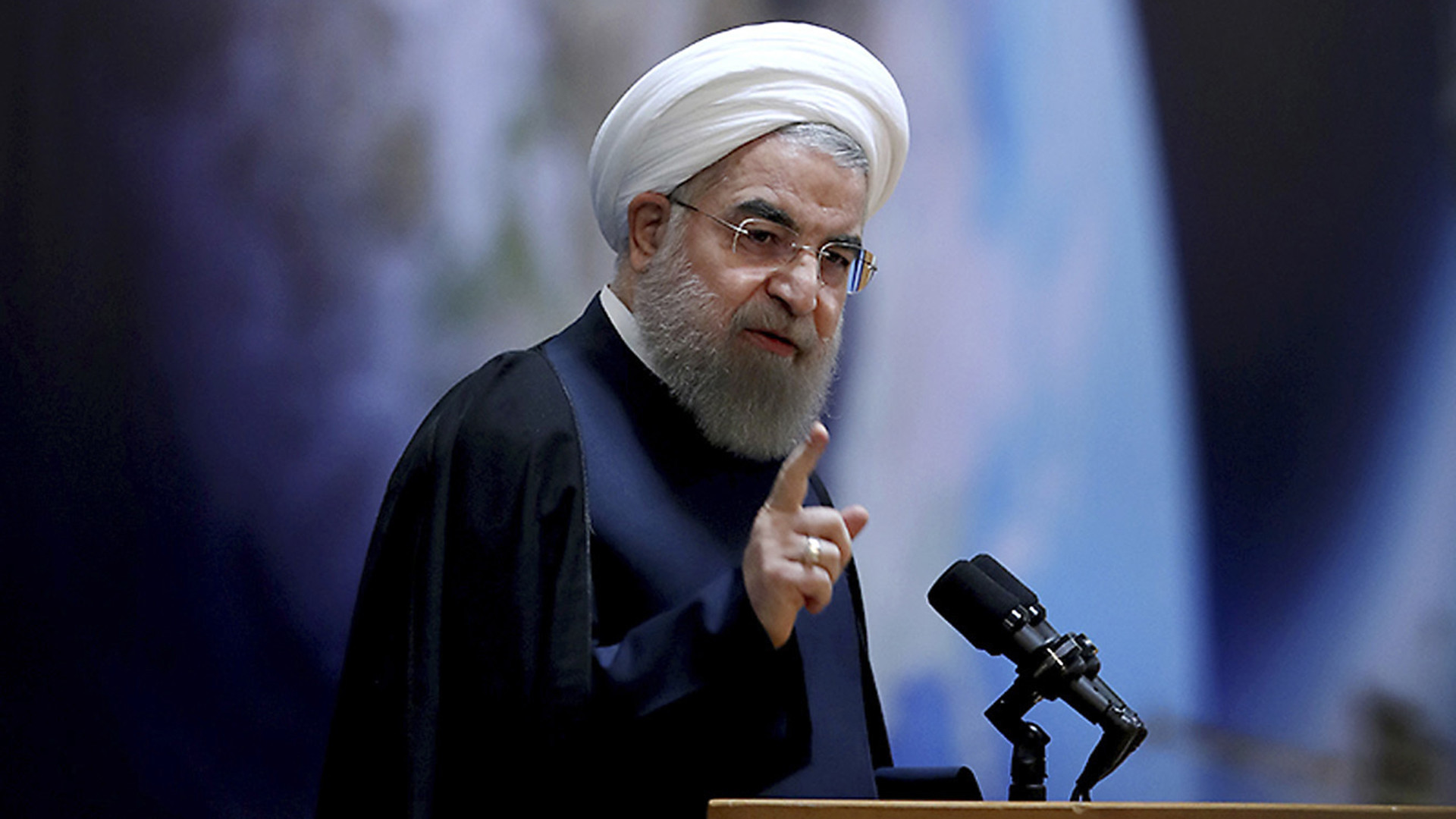
It would be an understatement to suggest that these past few months have been eventful for Afghanistan. By the end of August 2021, United States’ military forces had officially withdrawn from Afghan soil, thus putting an end to their 20-year presence in the country. Similarly, all NATO personnel operating in Afghanistan were instructed to cease their activities and evacuate the country[1].
As the U.S. and NATO troops gradually abandoned their posts during the summer, the Taliban advanced. In an impressively short span of time, the Islamist group managed to claim numerous decisive victories against the Afghan armed forces. By August 15th, they had taken over key provincial capitals, as well as Kabul.[2] This gave the Taliban a strong foothold in Afghanistan and effective control over the majority of the country’s population.
📌 POLICY PAPER | As Back to Square One: How Should the EU Deal with the New Taliban Regime? — @MichaelPitsoun1
For the entire paper ⬇️ https://t.co/hdgkFV0Dxj pic.twitter.com/t4I2Be8W8h
— Vocal Europe (@thevocaleurope) October 29, 2021
Click Here to Read the Entire Policy Paper
__________________________________________
[1] “North Atlantic Council Ministerial Statement on Afghanistan”, Press Release, April 14, 2021. https://www.nato.int/cps/en/natohq/official_texts_183146.htm?selectedLocale=en
[2] “Timeline: The Taliban’s rapid advance across Afghanistan”, Reuters, August 16, 2021. https://www.reuters.com/world/timeline-talibans-rapid-advance-across-afghanistan-2021-08-15/



